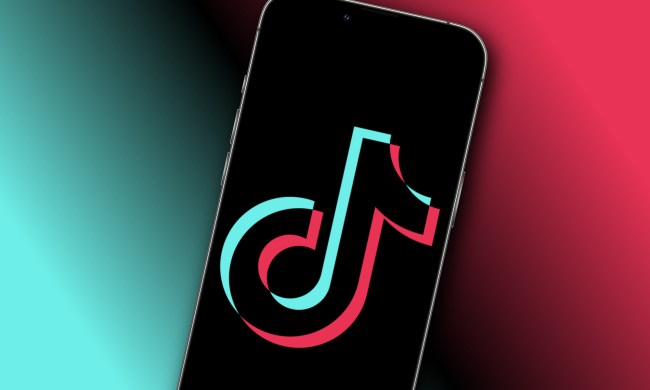Are you concerned about how FaceApp is using your photos? If so, there’s a way to remove your data from the app — but it might take a while.
The face-filter app has dominated social media over the past few days, but it’s come under fire for its terms of service which allows its Russia-based developer to use photos run through the app for commercial purposes. FaceApp now says it will delete user data upon request.
The app, which has gained more than 12.7 million new users this past week, told TechCrunch that they don’t sell or share user date with third parties. However, people are still suspicious of how the app could use your private data. The broad terms of service mean FaceApp developer Wireless Lab could use your face photos for anything from advertisements to facial recognition training.
FaceApp processes your data in the cloud, not on your phone:
FaceApp’s terms and conditions states, “You grant FaceApp a perpetual, irrevocable, nonexclusive, royalty-free, worldwide, fully-paid, transferable sub-licensable license to use, reproduce, modify, adapt, publish, translate, create derivative works from, distribute, publicly perform and display your User Content and any name, username or likeness provided in connection with your User Content in all media formats and channels now known or later developed, without compensation to you.”
The terms go on to say that, “By using the Services, you agree that the User Content may be used for commercial purposes.”
On Wednesday, the Democratic National Committee sent a security alert about the app to 2020 presidential candidates warning them to not use the app, according to CNN. Senate Minority Leader Chuck Schumer also called on the FBI and the Federal Trade Commission (FTC) to open an investigation into FaceApp, largely because it was developed in Russia.
How to delete your FaceApp data
If all this makes you want to rethink FaceApp, deleting the app itself isn’t enough to protect your photos. You’ll need to request to have your data removed from FaceApp’s servers. FaceApp told TechCrunch that users can request data deletion using the “report a bug” feature within the app. Here’s what you need to do:
- In FaceApp, go to settings in the upper left-hand corner, then go to Support.
- Click “Report bug and send logs.”
- Ask for your data to be deleted and be sure to include the word “privacy” in the request.
FaceApp told TechCrunch they are backlogged with requests like these, so it may take a while for it to delete all of your data.
If you didn’t realize what kind of permissions you were giving FaceApp, you’re not alone. According to a survey from, Nixplay, a smart photo frame company, 50% of people do not review the what data an app is able to access when they download it.
Digital Trends reached out to FaceApp to see how long it’s going to take to delete user data and what kind of backlog they have, but have yet to receive a response.


